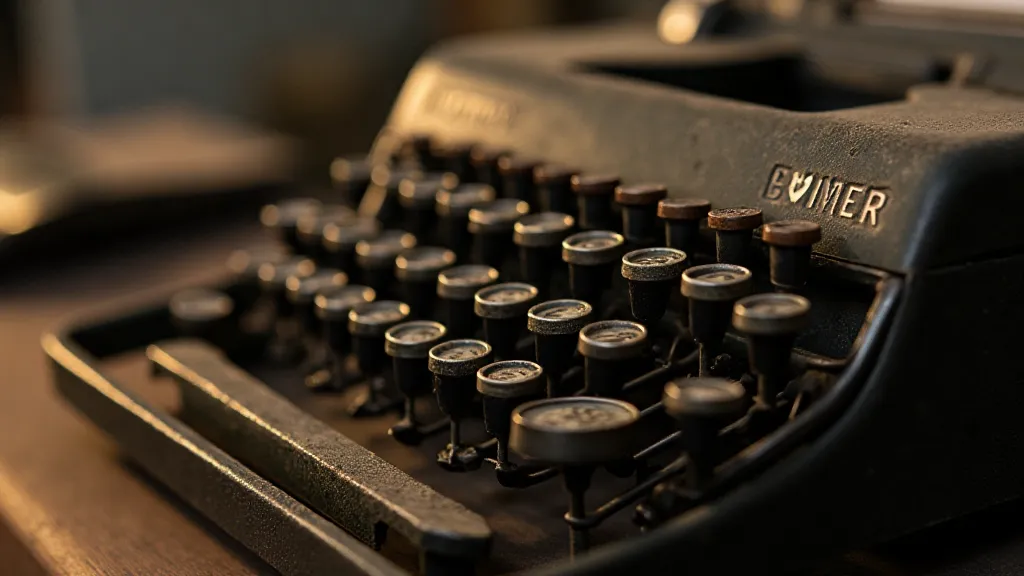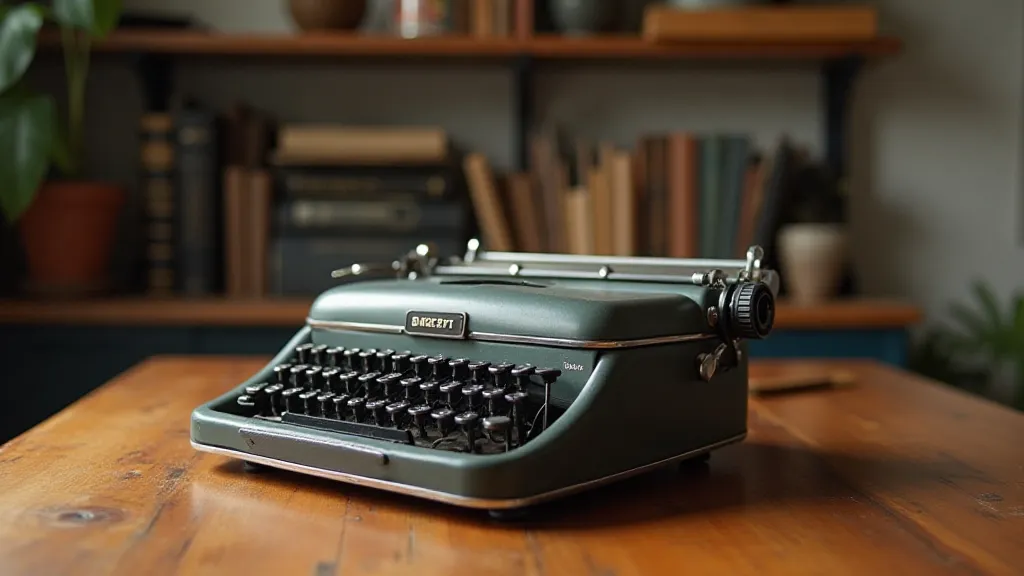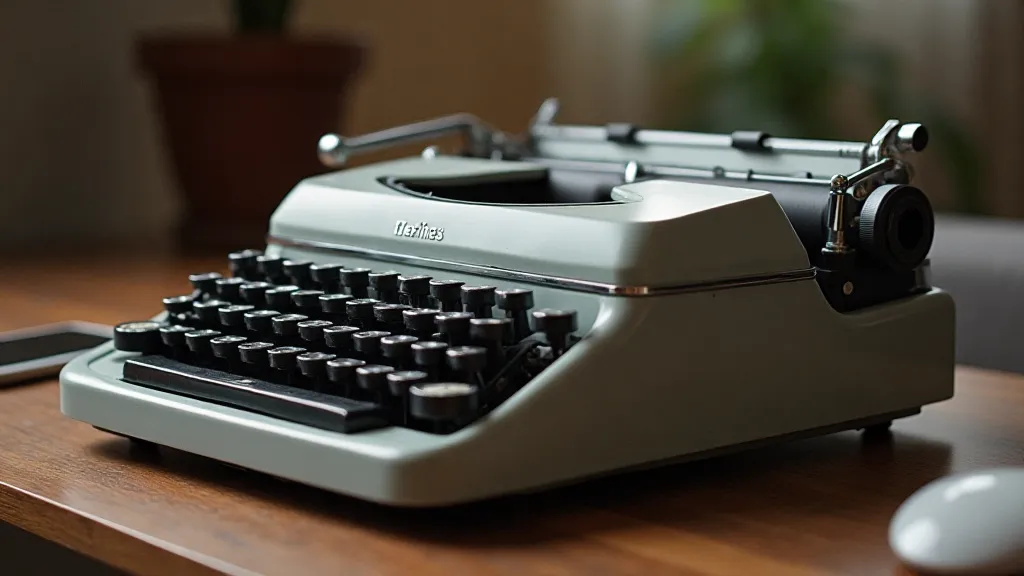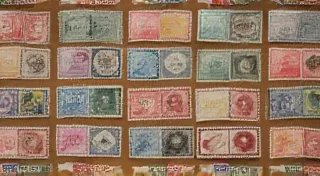The Keys of Constraint: How Mechanical Limitations Sparked Innovation
There's a certain romance to the rhythmic clatter of a typewriter. It's a sound that evokes images of bustling offices, serious writers wrestling with their craft, and the tangible weight of history pressing down on each keystroke. But beyond the nostalgic charm lies a deeper truth: the typewriter, especially in its early forms, wasn’t just a writing tool; it was a powerful *constraint*. And it’s within these limitations – the fixed fonts, the limited color options, the unforgiving nature of its mechanics – that innovation truly blossomed, shaping not only writing styles but also sparking remarkable ingenuity.
My grandfather, a meticulous accountant, possessed a 1930s Underwood Standard. I remember, as a child, being utterly captivated by it. It wasn't just a machine; it was an altar to precision. He's gone now, but the smell of the old ribbon ink and the feel of that cool metal frame are ingrained in my memory. He’s the reason I developed an enduring fascination with these machines, an appreciation for the artistry and ingenuity embedded within each intricate part. He's also the one who explained to me that while it made his job far more efficient than handwriting, it also demanded a different, more thoughtful approach to work.
The Mechanical World: Early Typewriter Design
The history of the typewriter isn't a straightforward narrative of invention. Many individuals contributed to its development, with Christopher Latham Sholes often credited with creating one of the first commercially successful models in 1868. Early typewriters were marvels of engineering, especially considering the era. Each letter was cast on a separate typebar, a small lever that swung up to strike the paper through an inked ribbon. The complexity of coordinating these typebars, preventing them from clashing – a problem known as “typebar clash” – was a significant hurdle. Sholes’ solution, the QWERTY layout, isn't optimally efficient for typing, but it *was* a pragmatic fix to prevent the mechanical mayhem that would otherwise occur.

Imagine being a writer in the late 19th or early 20th century. You were essentially locked into a limited selection of typefaces – often pica or elite – dictated by the typewriter’s design. The color of the ribbon was another constant: typically black or red. No fancy fonts, no bolding, no italicizing. A mistake demanded a painstaking process of correction – either retyping the entire page or employing messy and often unreliable correction fluids. This wasn't just an inconvenience; it fundamentally shaped the writing process.
The Rise of the Writer’s Style: Embracing the Limitations
This rigidity, this lack of digital flexibility, didn’t stifle creativity; it *channeled* it. Authors and journalists developed techniques to compensate. Short, declarative sentences became common. Complex arguments were broken down into easily digestible segments. Paragraphs were carefully constructed to minimize errors. The necessity of precision fostered a direct, unadorned prose style that is instantly recognizable as a product of the typewriter age. Think of Ernest Hemingway – his terse, minimalist style can be directly attributed, in part, to the practical demands of typewriter composition.
It’s tempting to romanticize the era, to portray it as a golden age of literature untainted by digital distractions. But the reality was far more nuanced. Typewriters were cumbersome, expensive, and required regular maintenance. Repairing them was a craft in itself, requiring a deep understanding of their mechanical intricacies. This led to the rise of skilled typewriter repairmen, often seen as essential figures in offices and homes. These mechanics understood not just how to fix the machines, but how they *worked*, appreciating the delicate balance of gears, springs, and levers.
Craftsmanship and Collectibility
Today, vintage typewriters are experiencing a resurgence in popularity. They’s not just nostalgic curiosities; they’re objects of beauty and craftsmanship, highly sought after by collectors and enthusiasts. The quality of materials – the sturdy metal frames, the precisely engineered typebars – is a testament to an era when products were built to last. Certain models, like the Olivetti Lettera 22 or the Hermes 3000, are particularly prized for their elegant design and exceptional build quality. Collecting these machines is a tangible connection to the past, a chance to hold in your hands a piece of technological history.

Restoration can be a deeply rewarding pursuit for typewriter enthusiasts. It requires patience, mechanical aptitude, and a respect for the original design. While some modifications might be necessary for functionality, the goal is always to preserve the integrity of the machine. Many restorers take pride in sourcing original parts, ensuring that the typewriter remains as close as possible to its original condition. The process reveals a profound appreciation for the skill of the original craftsmen.
Beyond the Keys: A Lasting Legacy
The typewriter’s influence extends far beyond the realm of writing. It revolutionized office work, democratized communication, and facilitated the rise of mass media. It fundamentally altered the pace of business and the way information was disseminated. While digital technology has largely supplanted the mechanical typewriter, its legacy endures. The QWERTY keyboard layout, a direct consequence of the early typewriter’s design, remains ubiquitous. The concise, direct style of writing fostered by the typewriter continues to influence modern prose.
More importantly, the experience of working with a typewriter – the tactile feedback, the rhythmic clatter, the deliberate pace – offers a valuable lesson about the power of constraint. It demonstrates that limitations can be a catalyst for creativity, that true innovation often arises from necessity. In a world increasingly dominated by instant gratification and limitless options, the humble typewriter serves as a poignant reminder of the value of patience, precision, and the enduring beauty of craftsmanship.






